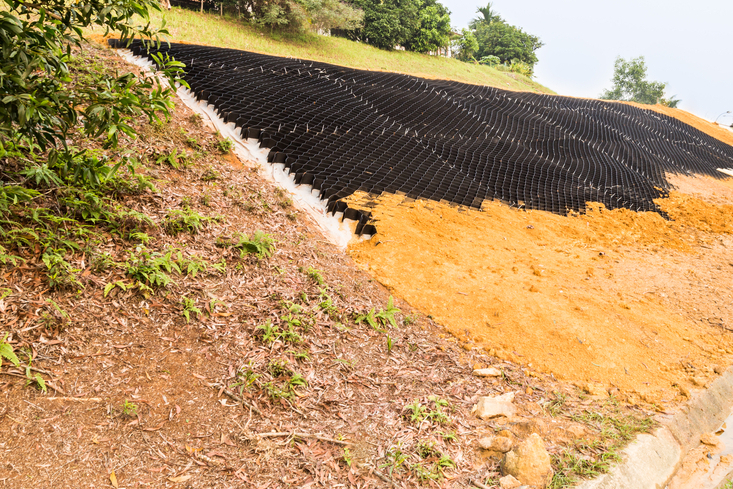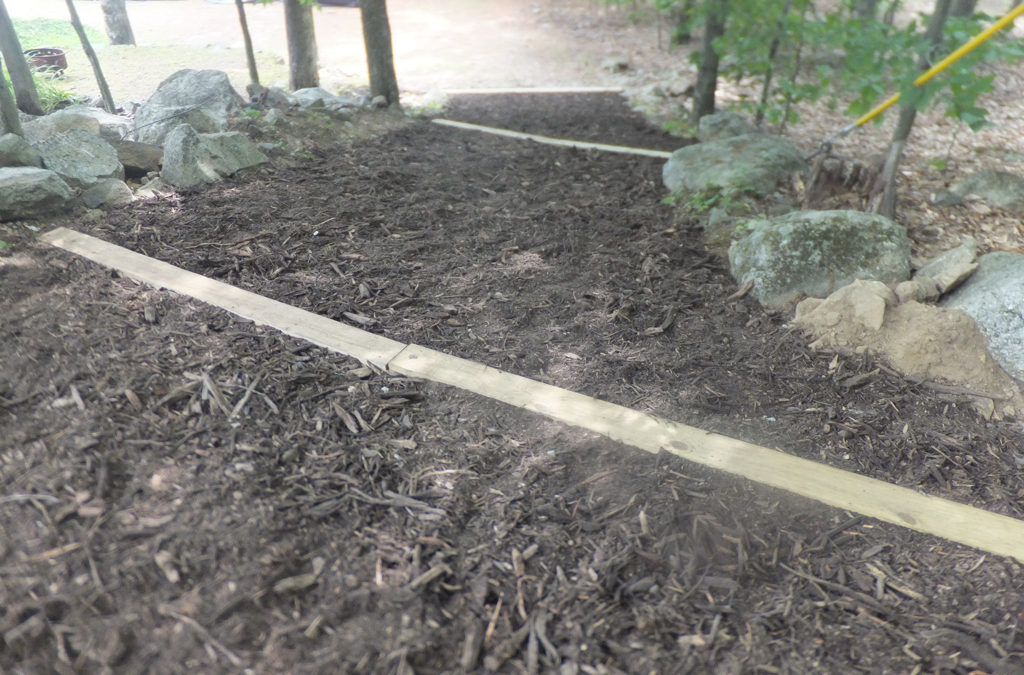Expert Providers by Memphis Erosion Control Solutions excavation
Wiki Article
Efficient Disintegration Control Strategies for Sustainable Land Administration
Are you looking for ways to efficiently handle disintegration on your land? Look no more! This short article will supply you with valuable info on the value of disintegration control in lasting land management. Discover the different sorts of erosion and their influence on your land, along with all-natural techniques to manage disintegration. Learn how to implement efficient erosion control steps and guarantee proper monitoring and maintenance. Start doing something about it today to protect and keep your beneficial land.Importance of Disintegration Control in Sustainable Land Monitoring
Because it helps prevent soil destruction and loss,Erosion control is vital for sustainable land monitoring. By executing reliable erosion control strategies, you can guarantee the long-lasting health and wellness and productivity of your land. Without correct erosion control actions, soil erosion can happen, leading to the loss of beneficial topsoil that is abundant in nutrients needed for plant growth.One of the major reasons disintegration control is essential is due to the fact that it assists to preserve dirt fertility. Additionally, disintegration can lead to sedimentation in nearby water bodies, which can negatively affect aquatic ecological communities.
Another key benefit of disintegration control is the prevention of land degradation. By implementing disintegration control techniques such as terracing, shape plowing, and the usage of cover crops, you can help prevent land deterioration and preserve the health and wellness of your land.

Sorts Of Erosion and Their Influence On Land
Recognizing the different sorts of erosion and how they affect the land can assist you carry out better land administration methods. Erosion is the process through which soil, rocks, and other materials are progressively worn off and transported by natural forces such as ice, wind, and water. There are 4 primary kinds of erosion: sheet disintegration, rill disintegration, gully erosion, and mass motion erosion.Sheet erosion happens when a slim layer of dirt is gotten rid of uniformly from the surface area of the land. Rill disintegration, on the other hand, happens when little networks or rivulets are created on the land due to the flow of water.
When larger gullies or channels are created due to the constant flow of water,Gully disintegration is a lot more extreme and happens. This sort of disintegration can create substantial damages to the land, bring about loss of topsoil and plants. Last but not least, mass activity erosion refers to the activity of big amounts of dirt and rocks downhill as a result of the force of gravity. This can take place in the form of landslides or sagging.
Understanding these various kinds of erosion and their influence on the land is vital for effective land administration. By implementing disintegration control techniques such as terracing, shape plowing, and reforestation, you can reduce disintegration and preserve the honesty of the land. Additionally, practicing great land monitoring methods like appropriate crop turning, keeping ground cover, and making use of debris control measures can even more assist in protecting against disintegration.
Natural Disintegration Control Approaches for Lasting Land Monitoring
By applying natural erosion control approaches, you can effectively protect the honesty and manage of your land. In areas where erosion is a considerable concern, setting up disintegration control coverings or mats can be helpful. Overall, by using these all-natural disintegration control methods, you can successfully take care of and protect your land from disintegration, guaranteeing its long-term sustainability.Carrying Out Reliable Disintegration Control Measures

To successfully manage and protect your land from disintegration, you should take into consideration executing tried and tested methods that can assist mitigate the danger. One such method is the usage of erosion control coverings. These blankets, made from artificial materials or all-natural fibers, are put on the soil surface area to stabilize it and stop erosion. They assist maintain moisture, minimize debris runoff, and advertise the development of vegetation. One more effective technique is the use of terracing. Terracing includes developing level systems on sloping land, which aids to decrease overflow and avoid disintegration. It also enables the farming of plants on the terraced inclines. Additionally, planting plant life is an essential action in disintegration control. Yards, trees, and shrubs have comprehensive root systems that bind the dirt with each other, decreasing erosion brought on by wind and water. Additionally, mounting sediment control procedures such as silt fences and sediment ponds can assist catch debris and stop it from getting in neighboring water bodies. These procedures are specifically important throughout building and construction tasks. By applying these verified erosion control approaches, you can properly secure your land and decrease the danger of disintegration and its destructive results.
Monitoring and Upkeep of Erosion Control Techniques
When surveillance and preserving erosion control measures, it is very important to routinely check the disintegration control coverings, balconies, greenery, and sediment control steps to ensure they are functioning correctly and effectively protecting Memphis Erosion Control Solutions erosion control against erosion (Memphis Erosion Control Solutions excavation). By performing regular assessments, you can recognize any problems or deficiencies in the erosion control strategies and take necessary activities to rectify them
Begin by examining the erosion control blankets. Make sure they are firmly secured and cover the intended areas without any kind of gaps. Look for signs of damages or wear, such as splits or exposed soil. Replace or repair any kind of damaged coverings quickly to maintain their performance.
Next, evaluate the terraces. Look for indicators of disintegration, such as debris buildup or irregular surface areas. Ensure that the terraces are properly made and maintained to draw away water flow and minimize disintegration. Clear any kind of built up debris to maintain their performance.
Assess the vegetation in the erosion control location. Correct plants protection aids avoid and maintain the dirt erosion.
Finally, check the debris control steps, such as sediment basins or debris fencings. Make sure they are properly mounted and functioning as planned. Get rid of any kind of built up debris and make certain that the controls are properly kept.
Routine surveillance and upkeep of disintegration control steps are vital for their long-lasting efficiency in avoiding erosion and maintaining sustainable land monitoring methods.
Final Thought
In verdict, you should prioritize disintegration control for sustainable land management. By recognizing the different types of erosion and their effect on the land, you can apply effective all-natural erosion control approaches.Discover the different kinds of erosion and their impact on your land, as well as natural approaches to control erosion. There are 4 major types of disintegration: sheet erosion, rill erosion, gully erosion, and mass motion disintegration.
By executing disintegration control strategies such as terracing, shape plowing, and reforestation, you can lessen erosion and maintain the stability of the land (erosion control). In general, by utilizing these all-natural disintegration control approaches, you can properly handle and shield your land from disintegration, ensuring its lasting sustainability
By understanding the different kinds of erosion and their influence on the land, you can implement reliable natural erosion control approaches.
Report this wiki page